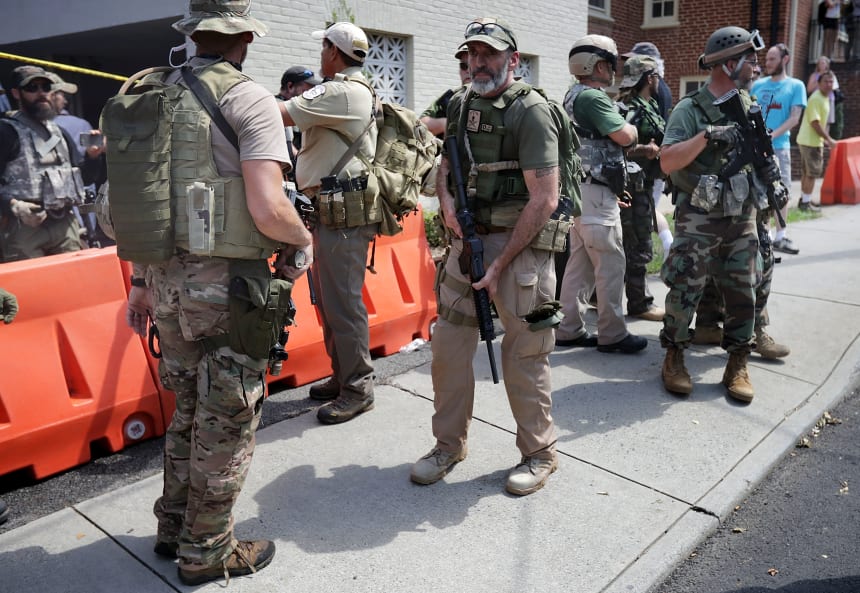

Decades after the end of World War II, Nazism enjoyed an unexpected revival in Southeast Asia in the form of Nazi chic and neo-Nazism. Southeast Asia’s flirtations with fascism did not end there. In an era of global expansionism and modernisation, fascism was just as attractive to Asian reformists as it was to the European imperialists they wished to compete with – it embodied national might, military power, ethnic supremacy and cultural superiority. A fervent admirer of Mussolini, Phibun was keen to modernise and shape Thailand into his idealised militaristic fascist state. Across the strait, Thailand had just entered WWII as an Axis ally, and was undergoing a cultural revolution under the newly installed Prime Minister, Field Marshal Plaek Phibunsongkhram (Phibun) in 1938.

The party was short-lived when its ideology failed to attain any popular support. Inspired by both Hitler and Benito Mussolini, he later founded his own party in Bandung, Partai Fasis Indonesia (Indonesian Fascist Party), in 1933 to promote Javanese supremacy through an independent Java under a constitutional monarch. Raden Pandji Wirasmo Notonindito returned home after obtaining his doctorate in Economics and Commerce in Berlin and joined the Indonesian National Party. Later, Indonesian intellectual and Javanese aristocrat Dr.

After Adolf Hitler came into power in 1933, Dutch-Indo Nazi sympathisers in the Dutch East Indies (now Indonesia) established the Nederlandsche Indische Fascisten Organisatie (NIFO) in Batavia (now Jakarta) and found some traction with pribumi (natives). Long before the Imperial Japanese propagandised the pan-Asian concept of ‘ Asia for Asians’ to unify the bloc it was governing in 1940, and signed the Tripartite Pact with Nazi Germany and Fascist Italy, fascist parties were already present in Indonesia. While the varied political and social contexts across Southeast Asia make it dangerous to generalise, to suggest the region was completely isolated from ‘ red-pilling’, Nazi influences or even fascist ideology would risk erasing an already neglected piece of history altogether. This is an oversimplification of history, however, and obscures long-standing extremist tendencies and ties. Some Southeast Asian observers only view far right extremism through the prism of their pre-existing focus on radical Islam, approaching it as ‘ reciprocal radicalisation’ and treating fascism – particularly national socialism – as a new phenomenon in the region. These incidents appeared to signify a sudden increase in Western-style far-right extremism fuelled by anti-Muslim prejudice in this region but this is misleading. In June 2020, a 19-year-old Singaporean man was arrested on suspicion of inciting violence, after posting on his Instagram about a violent and graphic dream of gunning down Muslims with an AR-15 assault rifle. The detention of a 16-year-old Singaporean inspired by the 2019 Christchurch mosque attacks in New Zealand caught many people by surprise, but this was not the first time such an arrest had been made. Just like Western nations that were preoccupied with combating the threats of Islamist terrorism, Southeast Asian countries involved in the Global War on Terror (GWOT) also ignored signs of IMVE in their own backyard. With the emergence of Islamic State (IS) and the subsequent affiliations fostered between IS and regional militant Islamist groups, much of the security focus and resources in the region were dedicated to monitoring violent jihadism movements such as the pro-Al-Qaeda Jemaah Islamiyah (JI), (ASG, also known as the Islamic State – East Asia Province, ISEA), and the pro-IS Jamaah Ansharut Daulah (JAD). Since the colonial era, ASEAN’s (Association of Southeast Asian Nations) experience with political violence has been mainly centred on left-wing terrorism, communism and militant Islamism. The far right or right-wing extremism as an ideologically motivated violent extremism (IMVE) is the least understood security threat in the Southeast Asian region.


 0 kommentar(er)
0 kommentar(er)
